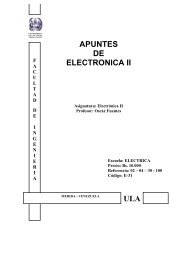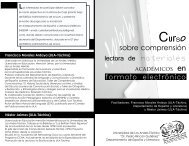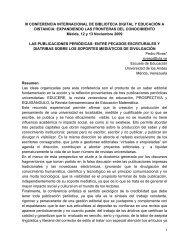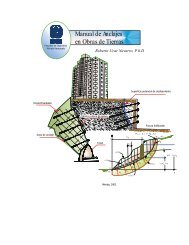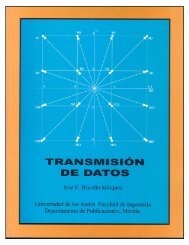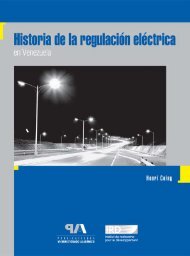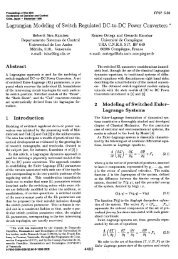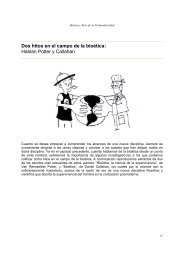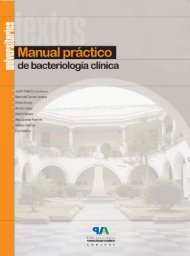Passivity-based Control of Euler-Lagrange Systems:
Passivity-based Control of Euler-Lagrange Systems:
Passivity-based Control of Euler-Lagrange Systems:
Create successful ePaper yourself
Turn your PDF publications into a flip-book with our unique Google optimized e-Paper software.
Preface<br />
ix<br />
DC power converters. In Chapter 6 the EL model is derived and the control relevant<br />
properties are presented. We present both, a switched model that describes the exact<br />
behaviour <strong>of</strong> the system with a switching input, and an approximate model for the<br />
pulse width modulator controlled converters. While in the rst model we have to<br />
deal with a hybrid system (with inputs 0 or 1), in the latter model, which isvalid for<br />
suciently high sampling frequencies, the control input is the duty ratio which is a<br />
continuous function ranging in the interval [0 1]. Besides the standard EL modeling,<br />
we also present a rather novel, and apparently more natural, Hamiltonian model that<br />
follows as a particular case <strong>of</strong> the extended Hamiltonian models proposed by Maschke<br />
and van der Schaft.<br />
Chapter 7 is devoted to control <strong>of</strong> DC-DC power converters. We present, <strong>of</strong><br />
course, PBC for the average models. To deal with hybrid models we also introduce<br />
the concept <strong>of</strong> PBC with sliding modes. We show that combining this two strategies<br />
we can reduce the energy consumption, awell{known important drawback <strong>of</strong> sliding<br />
mode control. Adaptive versions <strong>of</strong> these schemes, that estimate on{line the load<br />
resistance are also derived. An exhaustive experimental study, where various linear<br />
and nonlinear schemes are compared, is also presented.<br />
In the third part <strong>of</strong> the book we consider electromechanical systems. To handle<br />
this more challenging problem we introduce a feedback decomposition <strong>of</strong> the system<br />
into passive subsystems. This decomposition naturally suggests a nested{loop<br />
controller structure, whose basic idea is presented in a motivating levitated system<br />
example in Chapter 8. This simple example helps us also to clearly exhibit the connections<br />
between PBC, backstepping and feedback linearization. In Chapters 9{11<br />
we carry out a detailed study <strong>of</strong> nonlinear control <strong>of</strong> AC motors. The torque tracking<br />
problem is rst solved for the generalized machine model in Chapter 9. As an o{<br />
spin <strong>of</strong> our analysis we obtain a systems invertibility interpretation <strong>of</strong> the well-known<br />
condition <strong>of</strong> Blondel{Park transformability <strong>of</strong>themachine.<br />
The next two chapters, 10 and 11, are devoted to voltage{fed and current{fed<br />
induction machines, respectively. For the voltage{fed case we present, besides the<br />
nested{loop scheme, a PBC with total energy shaping. Connections with the industry<br />
standard eld oriented control and feedback linearization are thoroughly discussed.<br />
These connections are further explored for current{fed machines in Chapter 11. First,<br />
we establish the fundamental result that, for this class <strong>of</strong> machines, PBC exactly reduces<br />
to eld oriented control. Then, we prove theoretically and experimentally that<br />
PBC outperforms feedback linearization control. The robustness <strong>of</strong> PBC, as well as<br />
some simple tuning rules are also given. Finally, motivated by practical considerations,<br />
a globally stable discrete{time version <strong>of</strong> PBC is derived. Both chapters contain<br />
extensive experimental evidence.<br />
At last, in Chapter 12 we study the problem <strong>of</strong> electromechanical systems with<br />
nonlinear mechanical dynamics. The motivating example for this study is the control<br />
<strong>of</strong> robots with AC drives, for which we give a complete theoretical answer. The



